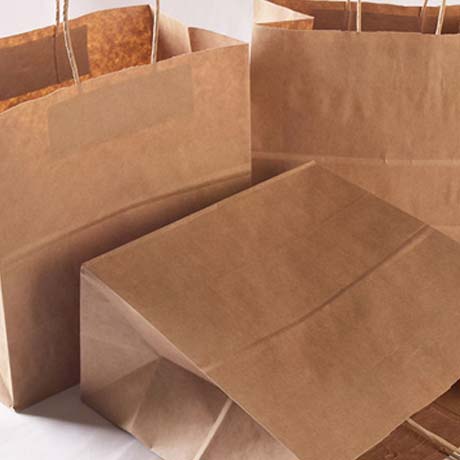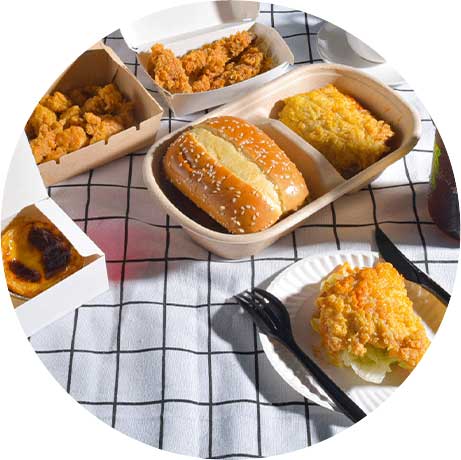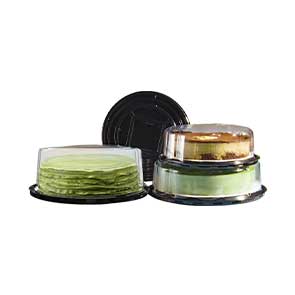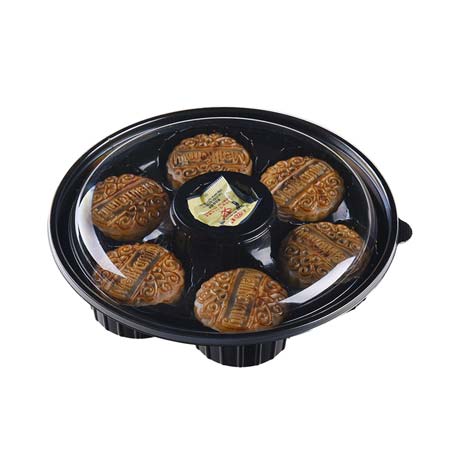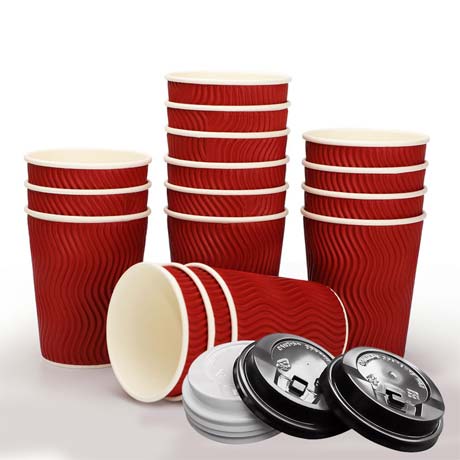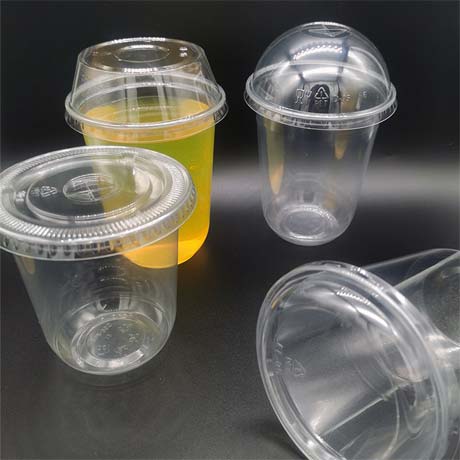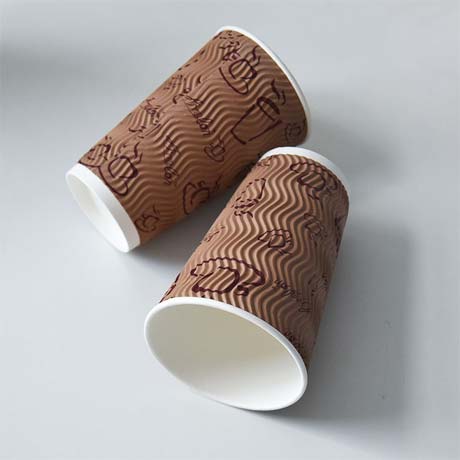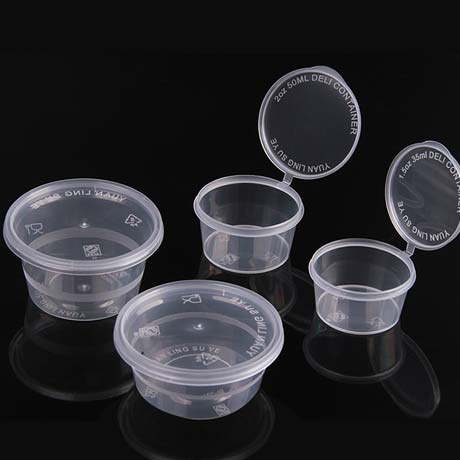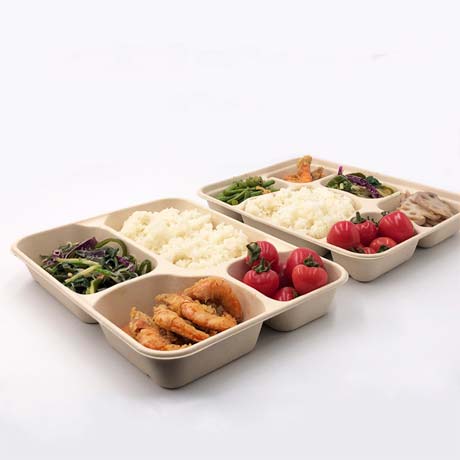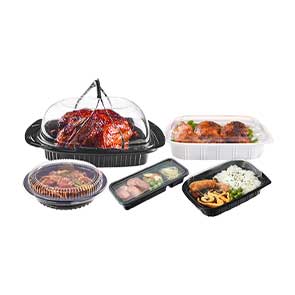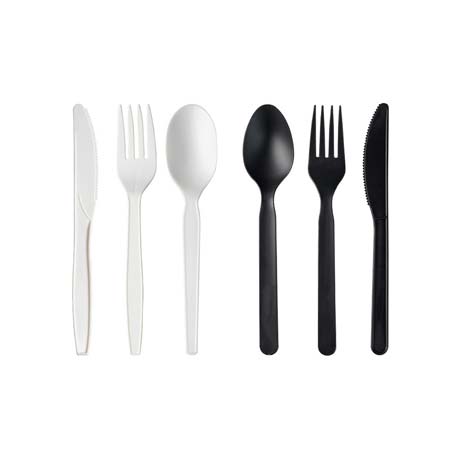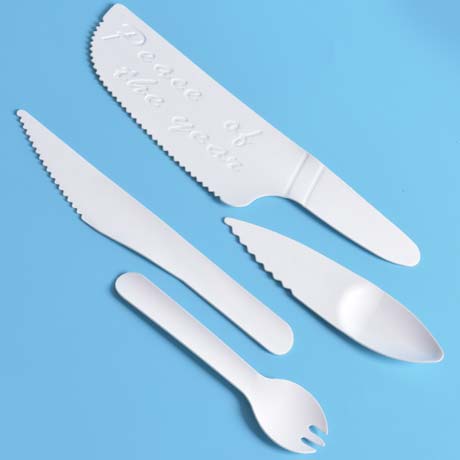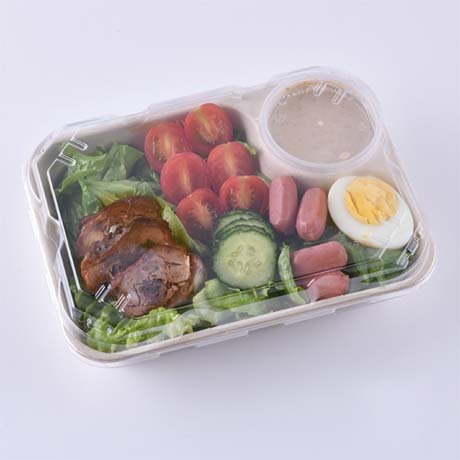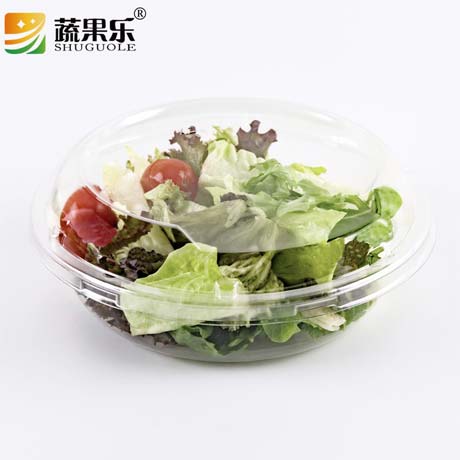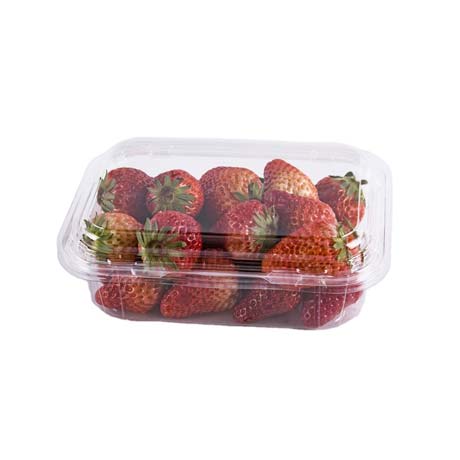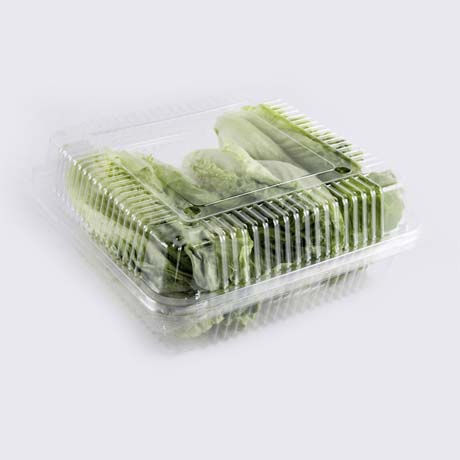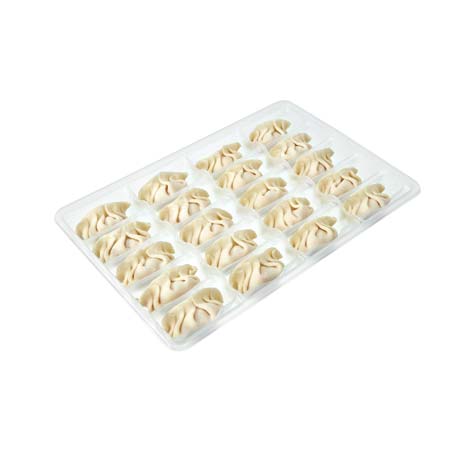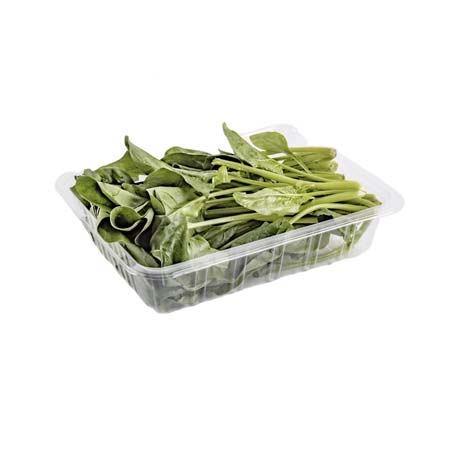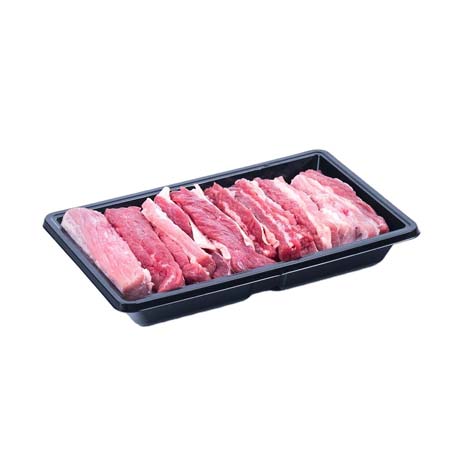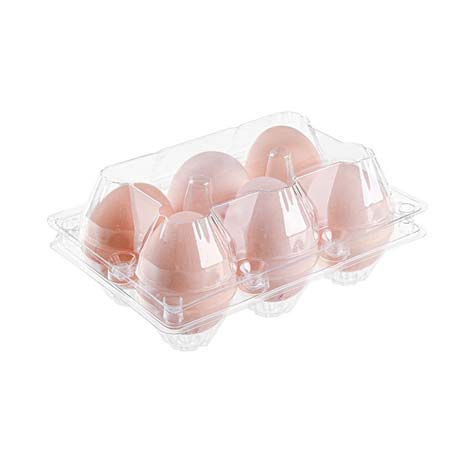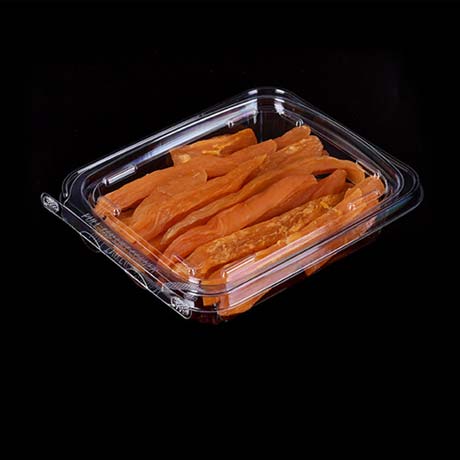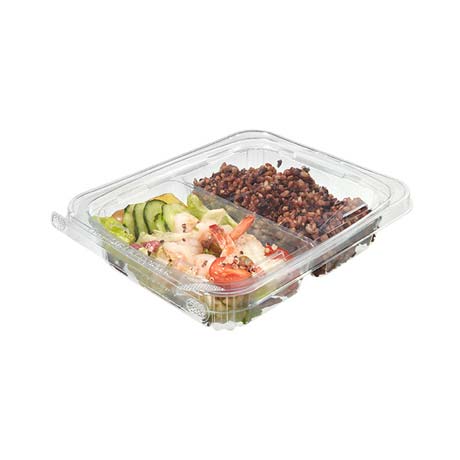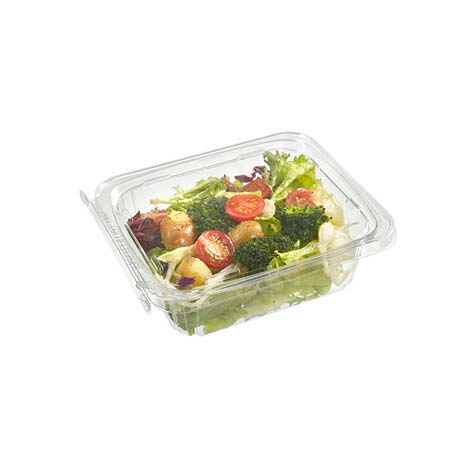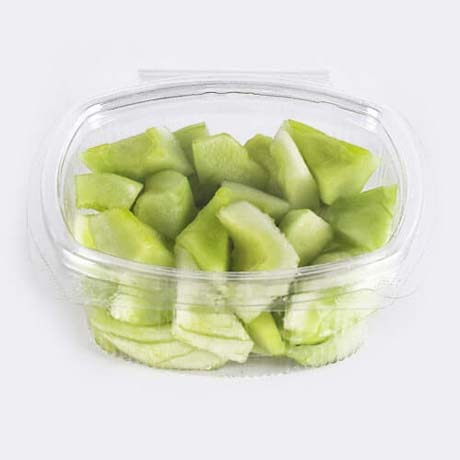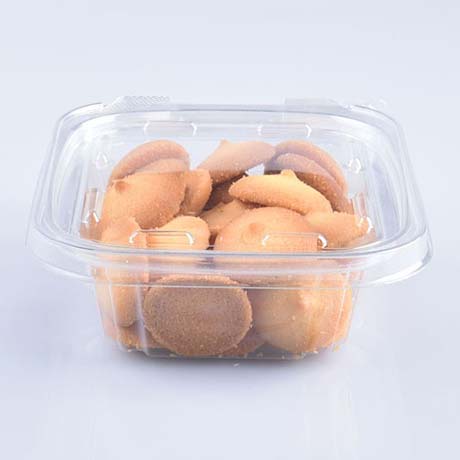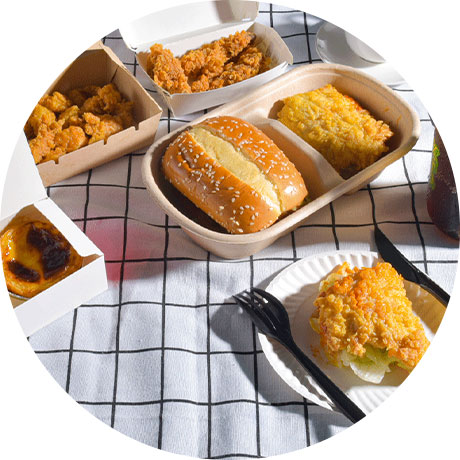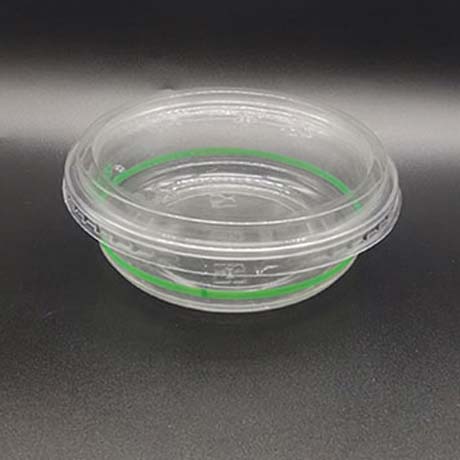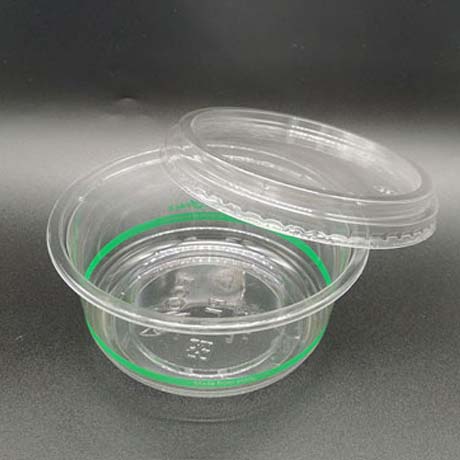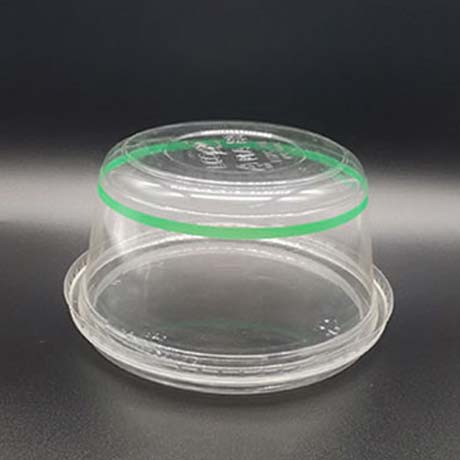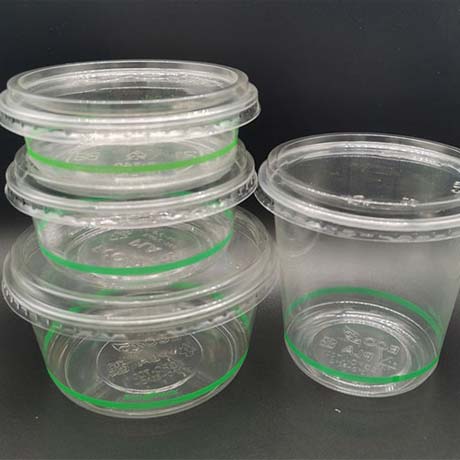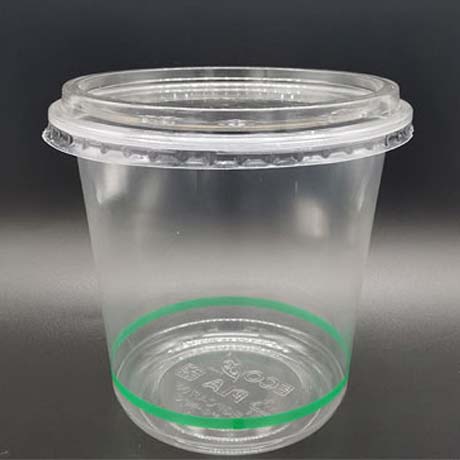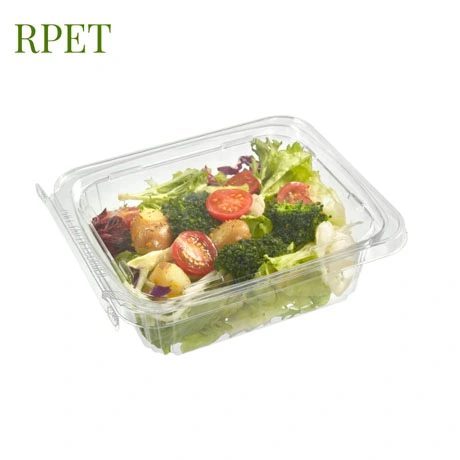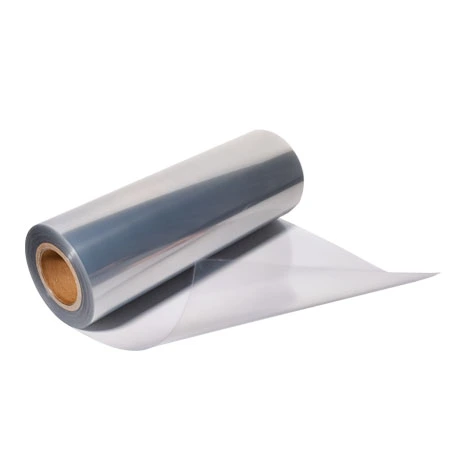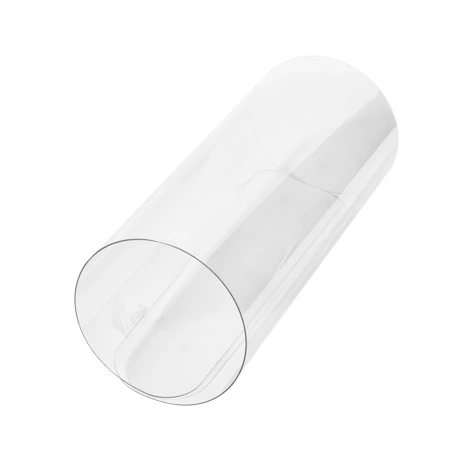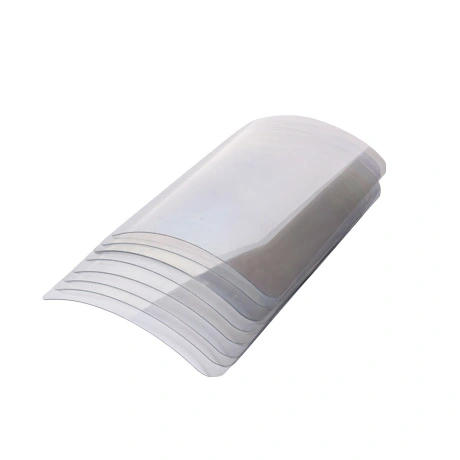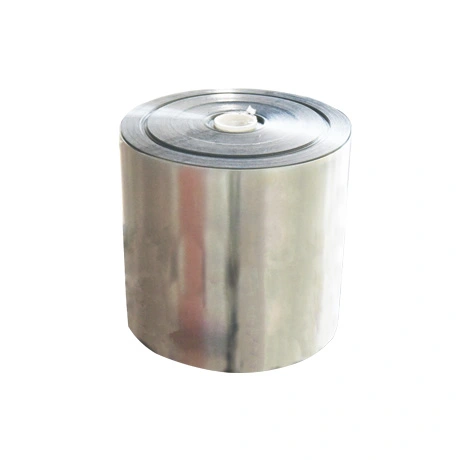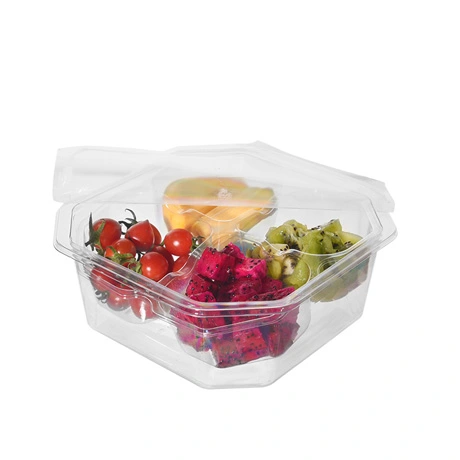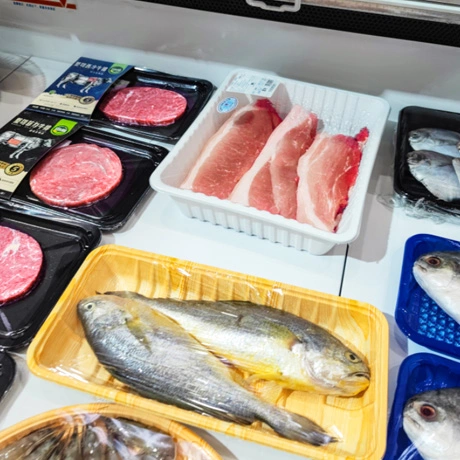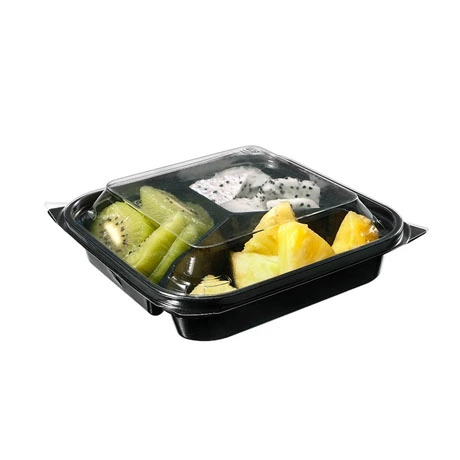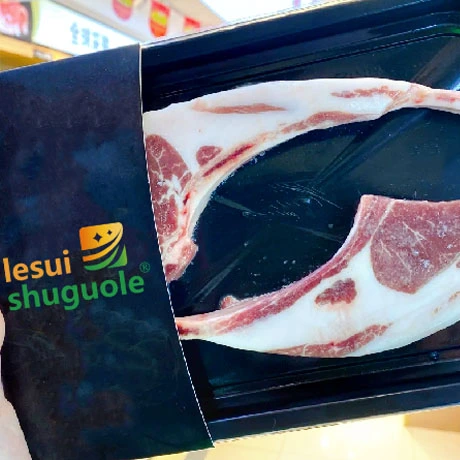How to Choose Food Packaging Containers for Your Business
Introduction
Food packaging containers play a crucial role in maintaining the quality, safety, and shelf life of food products. These containers not only protect the food but also serve as a medium for branding and consumer engagement. The right food packaging container can enhance customer experience, ensure freshness, and convey important information about the product, including allergens and nutritional facts. Whether it’s for retail or transportation, food packaging containers are integral to the food industry’s success.

Popular Types of Food Packaging Containers and Their Applications
Food packaging containers come in various materials, each with unique benefits depending on the food product:
Plastic Food Packaging Containers: Plastics are the most widely used for food packaging containers. They are lightweight, durable, and can be molded into different shapes and sizes. From flexible pouches to rigid containers, plastic packaging works well for a wide variety of foods, including ready-to-eat meals, snacks, and beverages. There are now sustainable plastic alternatives made from recycled or biodegradable materials to meet growing environmental concerns.
Paper and Cardboard Food Packaging Containers: Paper and cardboard containers are highly sustainable and an excellent choice for packaging dry foods like baked goods or takeout meals. They are biodegradable, recyclable, and offer a lightweight packaging solution. For businesses focused on eco-conscious consumers, paper and cardboard containers provide an opportunity to showcase environmental responsibility.
Metal Food Packaging Containers: Metal containers, especially aluminum and steel, are commonly used for long-term food storage. Canned goods, soups, and sauces are often packaged in metal containers to protect the food from spoilage, extend shelf life, and maintain product integrity during transport.
Glass Food Packaging Containers: Glass offers a premium option for food packaging containers. It is ideal for products like sauces, jams, beverages, and high-end food items. Glass is non-reactive, preserving the food's flavor and freshness, and offers an aesthetically pleasing look that enhances the product’s appeal on store shelves.
Eco-friendly Food Packaging Containers: Eco-friendly packaging containers, such as those made from plant-based materials, offer a sustainable solution for environmentally-conscious businesses. Materials like bagasse (sugarcane fiber), PLA (polylactic acid), and recycled paperboard are biodegradable and offer a reduced environmental footprint compared to traditional plastic containers.
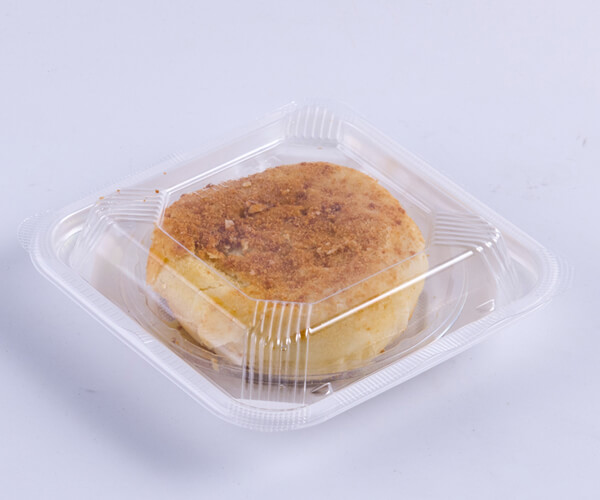
Key Considerations for Food Packaging
Material Types and Product Compatibility
Choosing the right food packaging materials is essential to maintain the freshness and quality of food products. Different types of food packaging, such as plastic, glass, paper, and aluminum, offer unique benefits. For instance, plastic provides durability and flexibility, while glass ensures a premium look and airtight sealing. Businesses must evaluate the compatibility of packaging materials with their food products. For example, hot foods require heat-resistant materials, while frozen items need moisture-proof options. Good packaging not only protects the shelf life of your product but also enhances customer satisfaction.
Sustainability and Eco-Friendly Food Packaging
Sustainability has become a critical factor in foodservice packaging. Many consumers prefer eco-friendly food packaging that reduces environmental impact. Sustainable packaging options, such as biodegradable or compostable materials, align with this demand. These choices help businesses demonstrate their commitment to sustainability while appealing to environmentally conscious customers. Additionally, using sustainable packaging can reduce waste and support long-term environmental goals.
Branding and Customer Appeal
Packaging plays a significant role in shaping brand identity. Custom designs, logos, and colors can make food packaging stand out and attract customers. For foodservice businesses, branded packaging creates a memorable experience and builds customer loyalty. Eye-catching designs and functional features, such as resealable lids or easy-to-carry handles, enhance the appeal of takeout packaging. The best takeout packaging combines practicality with aesthetics to leave a lasting impression.

Cost and Budget Management
Balancing quality and cost is crucial when choosing food packaging. Businesses should consider their budget while ensuring the packaging meets functional and aesthetic requirements. Bulk purchasing from a reliable packaging supplier can help reduce costs. However, compromising on quality may lead to damaged food products or dissatisfied customers. Evaluating the long-term benefits of durable and sustainable packaging can help businesses make cost-effective decisions.
Packaging Functionality and Branding Opportunities
Food packaging containers don’t just serve as protective barriers—they also offer significant branding and marketing opportunities.
Convenience: The functionality of a food packaging container greatly impacts the consumer’s experience. Packaging that is easy to open, reseal, or use on-the-go provides added value. For example, single-serve or microwave-safe containers improve convenience for customers and ensure a positive product experience.
Customization: Customized food packaging containers allow businesses to display their brand's identity through design, logos, and unique features. Whether it's a vibrant design or eco-friendly materials, customization helps differentiate a brand in a competitive market.
Consumer Perception: Packaging is a significant factor in shaping consumer perception. Premium materials, like glass or eco-friendly containers, can elevate the perceived quality of the product. Additionally, packaging that reflects a brand’s commitment to sustainability can resonate well with eco-conscious customers.
Balancing Cost, Sustainability, and Functionality
Choosing the right food packaging container involves balancing several considerations, including cost, functionality, and sustainability.
Cost-Effectiveness: While sustainable food packaging containers may have higher upfront costs, they can benefit the business in the long run by attracting consumers who prioritize eco-friendly options. Packaging materials such as plastic and paper offer affordable solutions without compromising quality.
Sustainability: With the growing environmental concerns, businesses are increasingly looking to sustainable food packaging containers. Recycled plastics, biodegradable materials, and paper-based packaging can help reduce the environmental impact and align with consumer preferences for sustainable products.
Functionality: The functionality of the packaging container should meet the needs of both the food product and the consumer. For example, packaging that preserves freshness and prevents spoilage may cost more but adds value by reducing food waste and ensuring customer satisfaction.
Conclusion
Selecting the right food packaging container is essential for businesses in the food industry. By considering factors like food type, shelf life, temperature sensitivity, and sustainability, businesses can choose packaging that not only preserves the product but also enhances the consumer experience. Furthermore, packaging containers that align with brand identity and consumer preferences for eco-friendly solutions will help businesses succeed in a competitive market.
BUY FOOD PACKAGING CONTAINERS HERE
 EN
EN
 CN
CN 